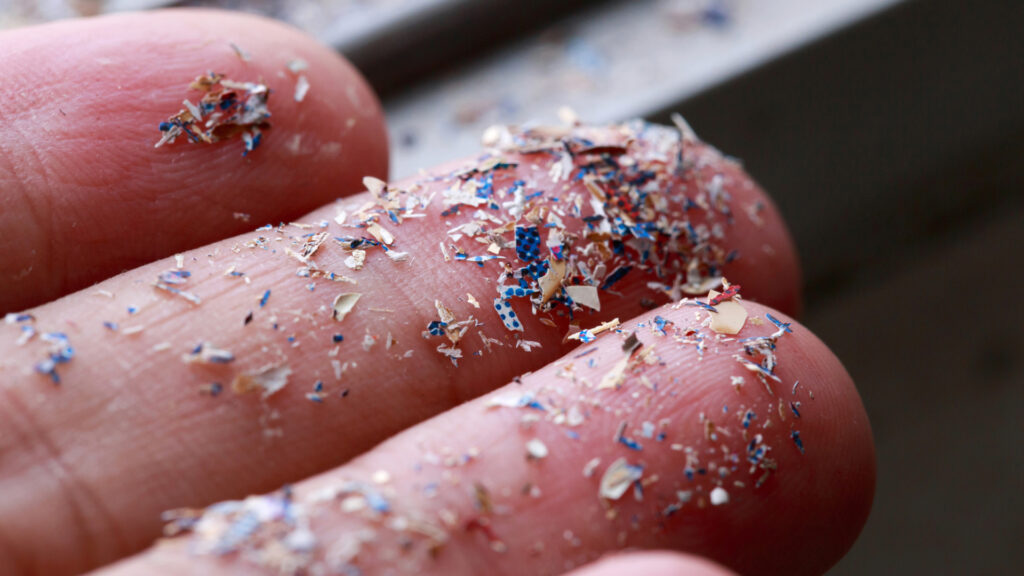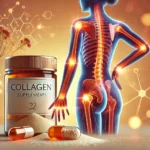In a world where convenience often trumps caution, a silent invader is making its mark—microplastics. These minuscule fragments, less than five millimeters in size, have infiltrated our oceans, rivers, and even the air we breathe. But their impact extends far beyond the aesthetic pollution of our natural landscapes; they pose hidden dangers to both our health and the environment. From disrupting marine ecosystems to potentially altering human biology in ways we’re only beginning to understand, microplastics are a ticking time bomb that demands our attention. Join us as we unravel the harmful effects of these tiny terrors and explore what we can do to combat their pervasive presence before it’s too late!
Introduction to Microplastics: What are they and where do they come from?
Microplastics are the tiny, often invisible remnants of our consumer culture. These minuscule plastic particles, less than five millimeters in size, have infiltrated every corner of our planet—from the deepest ocean trenches to remote mountain peaks. But what exactly are microplastics? They come from a variety of sources, including the breakdown of larger plastic debris and synthetic fibers shed by clothing during washing cycles. As we go about our daily lives, these persistent pollutants silently accumulate around us.
As awareness grows about their presence in our environment and bodies, it’s essential to understand how microplastics impact both human health and ecological systems. The more we learn about these hidden dangers, the clearer it becomes that they pose serious risks not only to marine life but also to land animals and ecosystems overall. With so much at stake for future generations, it’s time we explore this pressing issue with urgency and take action against it together.
The Impact of Microplastics on Our Environment: Effects on marine life, land animals, and ecosystems.
Microplastics have permeated every corner of our planet. These tiny particles, often less than five millimeters in size, pose severe threats to marine life. Fish and other sea creatures mistake microplastics for food, leading to ingestion that can disrupt their digestive systems.
Land animals are not immune either. Wildlife encounters littered plastics during foraging or nesting activities. The consequences can range from malnutrition to death.
Ecosystems suffer as well. Microplastics accumulate in soil and waterways, altering habitats essential for plant growth. This disruption can lead to a decline in biodiversity, affecting the balance of entire ecosystems.
As these materials persist in nature for decades or longer, their impact compounds over time. Every piece contributes to a cascade of environmental challenges that wildlife struggles against daily.
The Health Risks of Microplastics: How microplastics can enter our bodies and potential health effects.
Microplastics are tiny particles, often less than 5mm in size, that can easily infiltrate our bodies. They enter through various pathways, primarily ingestion and inhalation.
Food and water are common sources of exposure. Seafood is particularly concerning since marine organisms accumulate microplastics during their lifespan. As we consume these animals, the harmful particles make their way into our systems.
Inhalation presents another risk. Dust from synthetic materials—like clothing or furniture—can release microplastic fibers into the air we breathe.
Once inside our bodies, the potential health effects remain largely unknown but alarming studies suggest inflammation and cellular damage may occur. Some research links microplastic exposure to hormonal disruptions and immune system challenges.
The full extent of their impact on human health is still unfolding as scientists work diligently to understand these insidious pollutants better. The urgency for further investigation grows with each finding.
Sources of Exposure to Microplastics: From food and water to beauty products and household items.
Microplastics infiltrate our lives in ways we might not even realize. One of the primary sources is our food. Seafood, for instance, often contains microplastics due to ocean pollution. When fish consume these tiny particles, they end up on our plates.
Water isn’t immune either. Studies reveal that drinking water—both bottled and tap—can carry microplastic contaminants. Every sip could be a step closer to internal exposure.
Beauty products also pose a risk. Items like scrubs and exfoliants frequently contain microbeads made from plastic, which wash down the drain and enter waterways.
Household items contribute as well. Synthetic fabrics shed fibers when washed, releasing thousands of microplastics into laundry water with each cycle.
Each source adds another layer to this complex issue, making awareness essential in addressing potential harm from these pervasive materials.
Ways to Reduce Your Exposure to Microplastics: Practical tips for minimizing your use and exposure to microplastics.
Reducing your exposure to microplastics starts with small changes in daily habits. Opt for glass or stainless steel containers instead of plastic ones. These materials are safer and more sustainable.
When shopping, choose products that come in minimal packaging. Bulk bins are a great option for grains, nuts, and spices. This helps cut down on unnecessary plastic waste.
Be mindful of the personal care items you use. Many beauty products contain microbeads, tiny pieces of plastic that can wash into our waterways. Look for natural alternatives without these harmful ingredients.
Washing clothes releases microfibers into the water system. Use a microfiber filter in your laundry machine or consider washing less frequently to limit shedding.
Lastly, stay informed about local environmental policies regarding plastics and support initiatives aimed at reducing pollution. Your voice matters in creating change within communities and industries alike.
The Role of Government and Corporations in Addressing the Issue: Current efforts being made to regulate microplastic use and production.
Governments around the world are beginning to recognize the urgency of tackling microplastic pollution. Many countries have initiated regulations aimed at reducing plastic waste and limiting microplastic production. The European Union, for instance, is taking a proactive stance by proposing legislation that bans certain single-use plastics.
Corporations also play a crucial role in this fight. Some companies are committing to eliminate microplastics from their products altogether. They’re exploring alternative materials and innovative packaging solutions that do not contribute to environmental degradation.
Moreover, collaboration between governments and businesses is becoming increasingly common. Joint initiatives aim to raise awareness about the hazards of microplastics while promoting sustainable practices across industries.
Research funding is another area where both entities are focusing efforts. By investing in studies on the impacts of microplastics, they can better inform policy decisions and consumer choices moving forward.
What Can We Do About It?: Individual actions we can take to help reduce
Addressing the issue of microplastics requires collective action, but individual efforts can make a significant impact. Start by being mindful of your purchases. Opt for products with minimal packaging and choose alternatives made from natural materials whenever possible. This small shift in consumer behavior can reduce demand for plastic.
Educate yourself and others about the dangers of microplastics. Share information with friends and family to create awareness within your community. The more people know, the more pressure there will be on corporations to change their practices.
Consider using reusable bags, bottles, and containers to cut down on single-use plastics. These simple substitutions not only reduce plastic waste but also encourage a mindset that prioritizes sustainability.
When it comes to personal care products, check labels carefully. Many beauty items contain microbeads—tiny pieces of plastic used as exfoliants or fillers—that wash into waterways during use. Look for natural scrubs or those labeled as ‘microplastic-free.’
Another avenue is participating in local clean-up initiatives at beaches or parks where litter may contribute to microplastic pollution. Getting involved helps remove existing debris while fostering a sense of community responsibility toward our environment.
Lastly, consider supporting policies aimed at reducing plastic production and improving waste management systems in your area. Your voice matters; advocating for change can help spur government action against harmful practices affecting our planet’s health.
By taking these steps individually, we pave the way towards a cleaner future free from the hidden dangers posed by microplastics.


